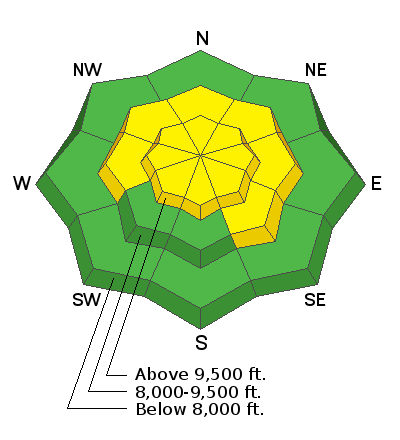Forecast for the Provo Area Mountains

Issued by Drew Hardesty on
Sunday morning, February 28, 2021
Sunday morning, February 28, 2021
A scary MODERATE AVALANCHE DANGER exists on all aspects of the upper elevations and on west to north to southeast facing slopes in the mid-elevations. Human triggered avalanches stepping 2-6' deep into older snowpack layers remain possible. Lingering wind drifts may also be triggered in the mid and upper elevations, notably on north to southeast facing slopes.
SAFE TRAVEL HABITS SAVE LIVES
* Make a plan and keep track of each other
* One at a time through steep terrain
* Get out of the way at the bottom
* Carry and know how to use rescue gear

Low
Moderate
Considerable
High
Extreme
Learn how to read the forecast here









